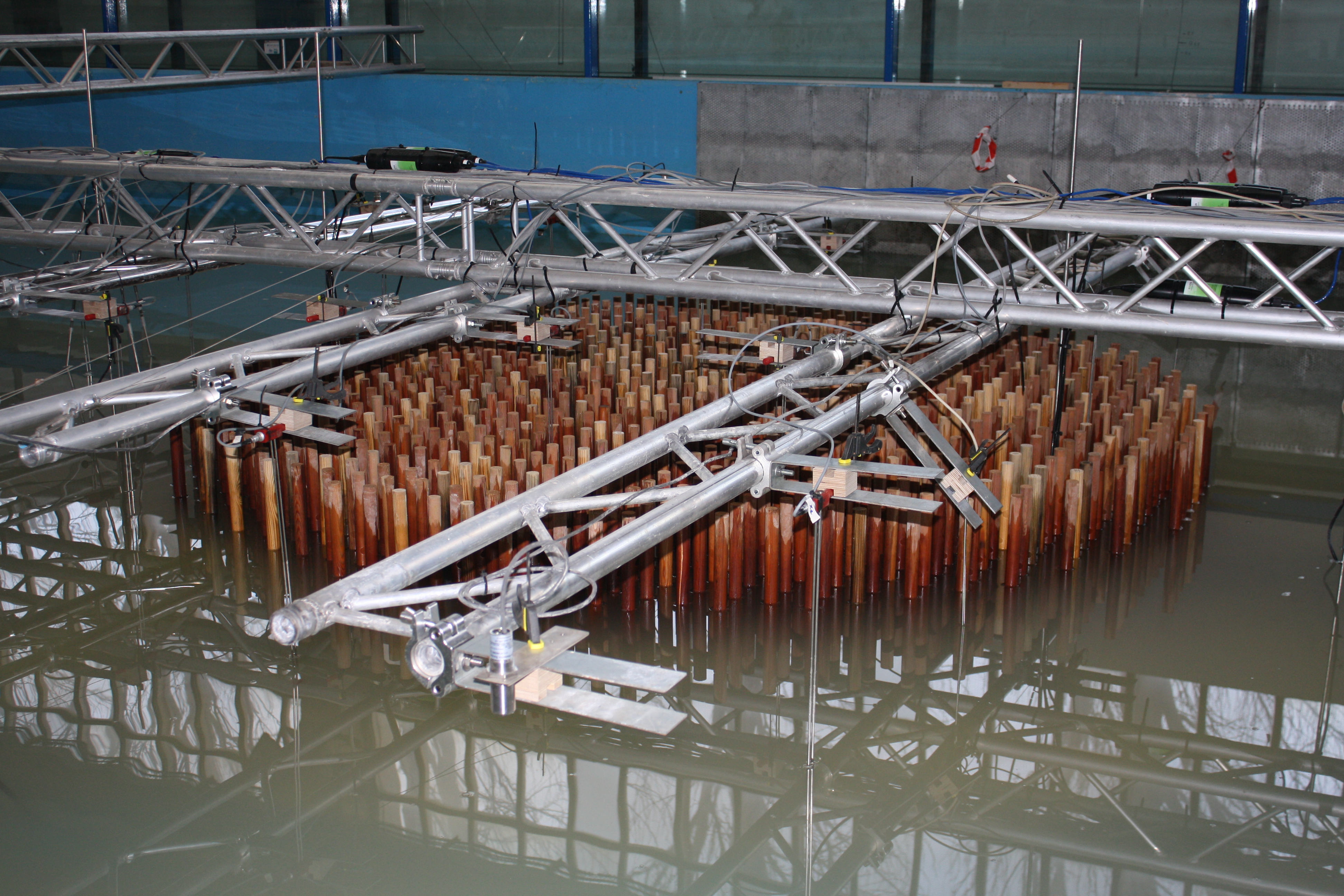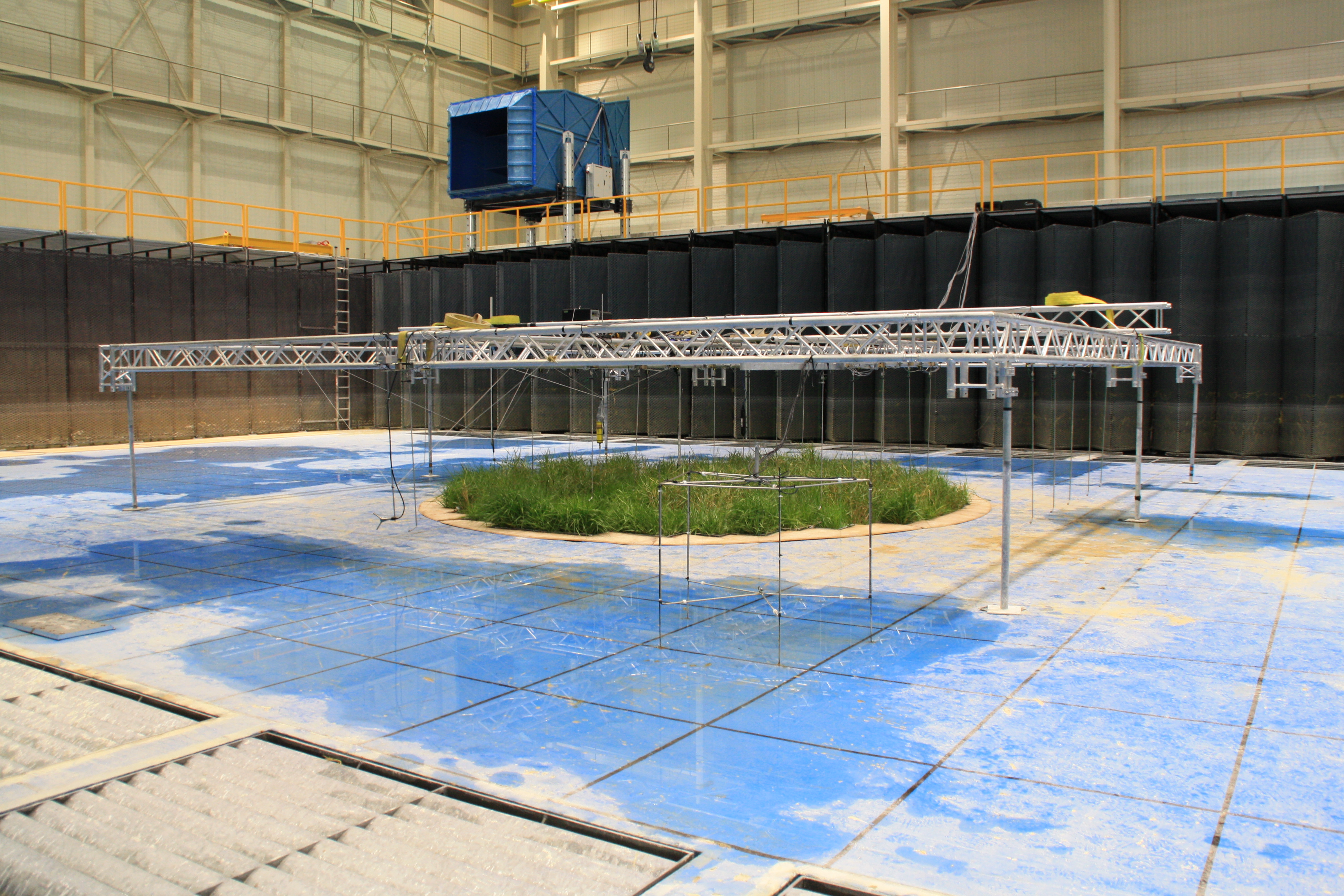The main objective of this project is to make a step forward in the analysis of coastal protection provided by vegetation in order to introduce this type of solutions in the portfolio of coastal defense. Then, the Project will be focus on quantifying the ecosystems services provided by coral reefs, seagrasses, saltmarshes and mangroves. In addition, an analysis of these ecosystems resilience to climate change and their combination with hard solutions will be addressed.
SPECIFIC OBJECTIVES:
Specific objectives are divided into two groups. The first one, is focus on answering some gaps existing in the literature. The second one looks for a methodology to analyze the existing risk in areas where coastal ecosystems are present and the one associated to different climate change scenarios. The final contribution of this work will be some guidelines and a methodology to quantify the coastal protection provided by natural ecosystems that will be facilitated to coastal managers to incorporate these ecosystems in the coastal defense planning.
First group:
- Biomechanical model for flexible vegetation: study of the relationship between plant biomechanical properties and its interaction with waves and currents and its implications in flow energy attenuation and plants survival.
- Energy attenuation characterization and parameterization in intertidal areas: characterization of energy attenuation provided by different ecosystems under wave and current conditions providing with new parameterizations and analytical formulations.
- Influence of non-uniform vegetation fields (patches): parameterization of the influence of having vegetation patches instead a uniform field.
- Three-dimensional modeling: 3-D high resolution numerical modeling to analyze flow interaction with individual elements and the forces exerted on them. In addition, this high resolution model allows simulating flow patterns between individual ecosystem elements.
- High resolution model for passive transport: development of a high resolution numerical model that solves scalars passive transport in order to analyze the capacity of coastal ecosystems in trapping sediment and some other parameters such as nutrient and oxygen transport and renewal.
- Model for wave propagation and sediment transport with vegetation: implementation of vegetation, or natural ecosystems in general, effect of wave propagation and sediment transport models.
Second group:
- Methodology to evaluate natural ecosystems suitability for coastal protection: development of a methodology to evaluate the socio-economic impact of using these ecosystems for coastal protection at different scales: global, regional and local.
- Integration of natural ecosystems in the portfolio of coastal protection: providing to coastal managers with guidelines and new tools.






